
Eye Allergy Therapeutics Market Size, Insight Analysis and Forecast 2034
Eye Allergy Therapeutics Market Growth, Size, Trends Analysis - By Drug Class, By Allergy Type, By Dosage Form, By Distribution Channel - Regional Outlook, Competitive Strategies and Segment Forecast to 2034
| Published: Nov-2025 | Report ID: HLCA25327 | Pages: 1 - 230 | Formats*: |
| Category : Healthcare | |||

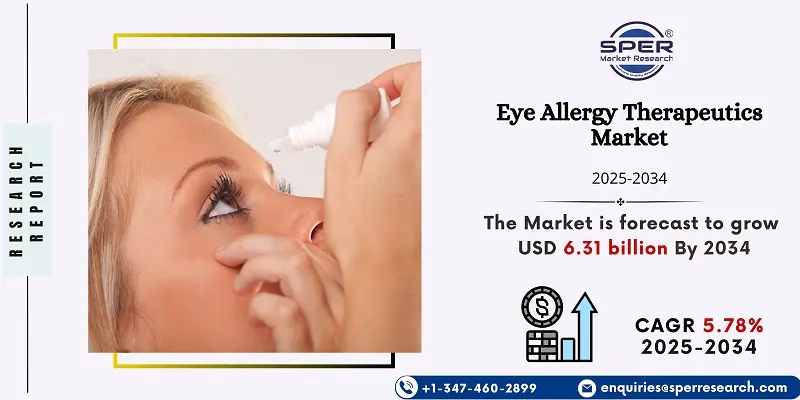
- In February 2025, Apotex Inc. and Grünenthal signed a strategic licensing agreement that gives Apotex the sole Canadian rights to Qutenza, a topical, non-opioid, non-systemic pain patch used to treat neuropathic pain. The deal increased Qutenza's market share in Canada and bolstered Grünenthal's global presence.
- In January 2025, Vertex Pharmaceuticals reported that JOURNAVX (suzetrigine), an oral, non-opioid NaV1.8 pain signal inhibitor, has been approved by the US FDA to treat moderate-to-severe acute pain in adults. Effectiveness, tolerability, and the absence of addictive potential were demonstrated by the medication for a variety of pain types. With this approval, Vertex's non-opioid treatment portfolio was increased and its position in the pain management market was reinforced.
| Report Metric | Details |
| Market size available for years | 2021-2034 |
| Base year considered | 2024 |
| Forecast period | 2025-2034 |
| Segments covered | By Drug Class, By Allergy Type, By Dosage Form, By Distribution Channel |
| Regions covered | North America, Latin America, Asia-Pacific, Europe, and Middle East & Africa |
| Companies Covered | AbbVie, Akorn, , Bausch Health Hikma Pharmaceuticals, Johnson & Johnson Mylan, Nicox, Novartis, Pfizer |
- Global Eye Allergy Therapeutics Market Size (FY’2021-FY’2034)
- Overview of Global Eye Allergy Therapeutics Market
- Segmentation of Global Eye Allergy Therapeutics Market By Drug Class (Antihistamines, Mast cell stabilisers, Dual-action agents, Corticosteroids, Decongestants, Immunotherapy)
- Segmentation of Global Eye Allergy Therapeutics Market By Allergy Type (Seasonal allergic conjunctivitis (SAC), Perennial allergic conjunctivitis (PAC), Vernal keratoconjunctivitis (VKC), Atopic keratoconjunctivitis (AKC), Giant papillary conjunctivitis (GPC))
- Segmentation of Global Eye Allergy Therapeutics Market By Dosage Form (Eye drops, Injectables, Oral tablets/capsules, Gels and ointments)
- Segmentation of Global Eye Allergy Therapeutics Market By Distribution Channel (Hospital pharmacy, Retail pharmacy, E-commerce)
- Statistical Snap of Global Eye Allergy Therapeutics Market
- Expansion Analysis of Global Eye Allergy Therapeutics Market
- Problems and Obstacles in Global Eye Allergy Therapeutics Market
- Competitive Landscape in the Global Eye Allergy Therapeutics Market
- Details on Current Investment in Global Eye Allergy Therapeutics Market
- Competitive Analysis of Global Eye Allergy Therapeutics Market
- Prominent Players in the Global Eye Allergy Therapeutics Market
- SWOT Analysis of Global Eye Allergy Therapeutics Market
- Global Eye Allergy Therapeutics Market Future Outlook and Projections (FY’2025-FY’2034)
- Recommendations from Analyst
- 1.1. Scope of the report
- 1.2. Market segment analysis
- 2.1. Research data source
- 2.1.1. Secondary Data
- 2.1.2. Primary Data
- 2.1.3. SPERs internal database
- 2.1.4. Premium insight from KOLs
- 2.2. Market size estimation
- 2.2.1. Top-down and Bottom-up approach
- 2.3. Data triangulation
- 4.1. Driver, Restraint, Opportunity and Challenges analysis
- 4.1.1. Drivers
- 4.1.2. Restraints
- 4.1.3. Opportunities
- 4.1.4. Challenges
- 5.1. SWOT Analysis
- 5.1.1. Strengths
- 5.1.2. Weaknesses
- 5.1.3. Opportunities
- 5.1.4. Threats
- 5.2. PESTEL Analysis
- 5.2.1. Political Landscape
- 5.2.2. Economic Landscape
- 5.2.3. Social Landscape
- 5.2.4. Technological Landscape
- 5.2.5. Environmental Landscape
- 5.2.6. Legal Landscape
- 5.3. PORTERs Five Forces
- 5.3.1. Bargaining power of suppliers
- 5.3.2. Bargaining power of buyers
- 5.3.3. Threat of Substitute
- 5.3.4. Threat of new entrant
- 5.3.5. Competitive rivalry
- 5.4. Heat Map Analysis
- 6.1. Global Eye Allergy Therapeutics Market Manufacturing Base Distribution, Sales Area, Product Type
- 6.2. Mergers & Acquisitions, Partnerships, Product Launch, and Collaboration in Global Eye Allergy Therapeutics Market
- 7.1. Antihistamines
- 7.2. Mast cell stabilizers
- 7.3. Dual-action agents
- 7.4. Corticosteroids
- 7.5. Decongestants
- 7.6. Immunotherapy
- 7.7. Other drug classes
- 8.1. Seasonal allergic conjunctivitis (SAC)
- 8.2. Perennial allergic conjunctivitis (PAC)
- 8.3. Vernal keratoconjunctivitis (VKC)
- 8.4. Atopic keratoconjunctivitis (AKC)
- 8.5. Giant papillary conjunctivitis (GPC)
- 9.1. Eye drops
- 9.2. Injectables
- 9.3. Oral tablets/capsules
- 9.4. Gels and ointments
- 10.1. Hospital pharmacy
- 10.2. Retail pharmacy
- 10.3. E-commerce
- 11.1. Global Eye Allergy Therapeutics Market Size and Market Share
- 12.1. Asia-Pacific
- 12.1.1. Australia
- 12.1.2. China
- 12.1.3. India
- 12.1.4. Japan
- 12.1.5. South Korea
- 12.1.6. Rest of Asia-Pacific
- 12.2. Europe
- 12.2.1. France
- 12.2.2. Germany
- 12.2.3. Italy
- 12.2.4. Spain
- 12.2.5. United Kingdom
- 12.2.6. Rest of Europe
- 12.3. Middle East and Africa
- 12.3.1. Kingdom of Saudi Arabia
- 12.3.2. United Arab Emirates
- 12.3.3. Qatar
- 12.3.4. South Africa
- 12.3.5. Egypt
- 12.3.6. Morocco
- 12.3.7. Nigeria
- 12.3.8. Rest of Middle-East and Africa
- 12.4. North America
- 12.4.1. Canada
- 12.4.2. Mexico
- 12.4.3. United States
- 12.5. Latin America
- 12.5.1. Argentina
- 12.5.2. Brazil
- 12.5.3. Rest of Latin America
- 13.1. AbbVie
- 13.1.1. Company details
- 13.1.2. Financial outlook
- 13.1.3. Product summary
- 13.1.4. Recent developments
- 13.2. Akorn
- 13.2.1. Company details
- 13.2.2. Financial outlook
- 13.2.3. Product summary
- 13.2.4. Recent developments
- 13.3. Alcon
- 13.3.1. Company details
- 13.3.2. Financial outlook
- 13.3.3. Product summary
- 13.3.4. Recent developments
- 13.4. Bausch Health
- 13.4.1. Company details
- 13.4.2. Financial outlook
- 13.4.3. Product summary
- 13.4.4. Recent developments
- 13.5. Hikma Pharmaceuticals
- 13.5.1. Company details
- 13.5.2. Financial outlook
- 13.5.3. Product summary
- 13.5.4. Recent developments
- 13.6. Johnson & Johnson
- 13.6.1. Company details
- 13.6.2. Financial outlook
- 13.6.3. Product summary
- 13.6.4. Recent developments
- 13.7. Mylan
- 13.7.1. Company details
- 13.7.2. Financial outlook
- 13.7.3. Product summary
- 13.7.4. Recent developments
- 13.8. Nicox
- 13.8.1. Company details
- 13.8.2. Financial outlook
- 13.8.3. Product summary
- 13.8.4. Recent developments
- 13.9. Novartis
- 13.9.1. Company details
- 13.9.2. Financial outlook
- 13.9.3. Product summary
- 13.9.4. Recent developments
- 13.10. Pfizer
- 13.10.1. Company details
- 13.10.2. Financial outlook
- 13.10.3. Product summary
- 13.10.4. Recent developments
- 13.11. Others
SPER Market Research’s methodology uses great emphasis on primary research to ensure that the market intelligence insights are up to date, reliable and accurate. Primary interviews are done with players involved in each phase of a supply chain to analyze the market forecasting. The secondary research method is used to help you fully understand how the future markets and the spending patterns look likes.
The report is based on in-depth qualitative and quantitative analysis of the Product Market. The quantitative analysis involves the application of various projection and sampling techniques. The qualitative analysis involves primary interviews, surveys, and vendor briefings. The data gathered as a result of these processes are validated through experts opinion. Our research methodology entails an ideal mixture of primary and secondary initiatives.

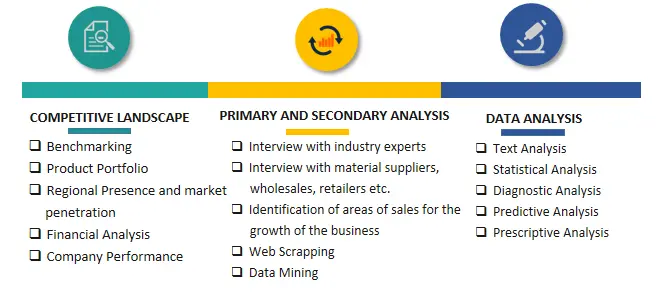

Frequently Asked Questions About This Report
PLACE AN ORDER
Year End Discount
Sample Report
Pre-Purchase Inquiry
NEED CUSTOMIZATION?
Request CustomizationCALL OR EMAIL US
100% Secure Payment
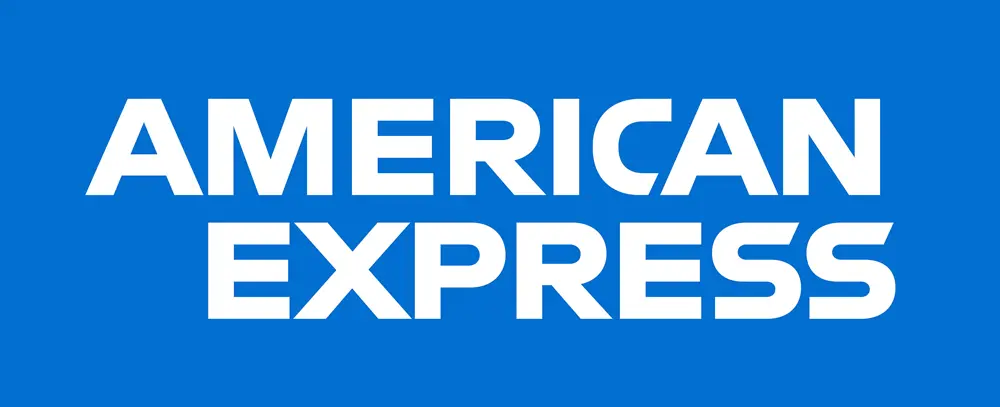
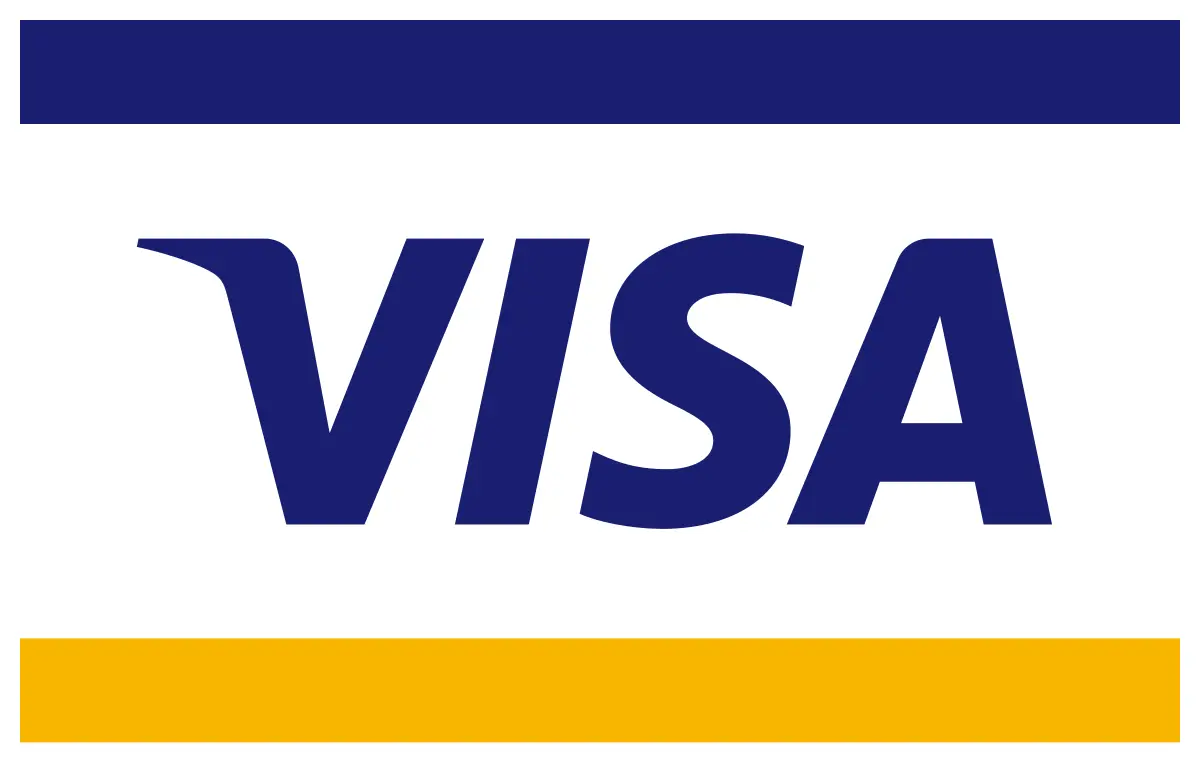
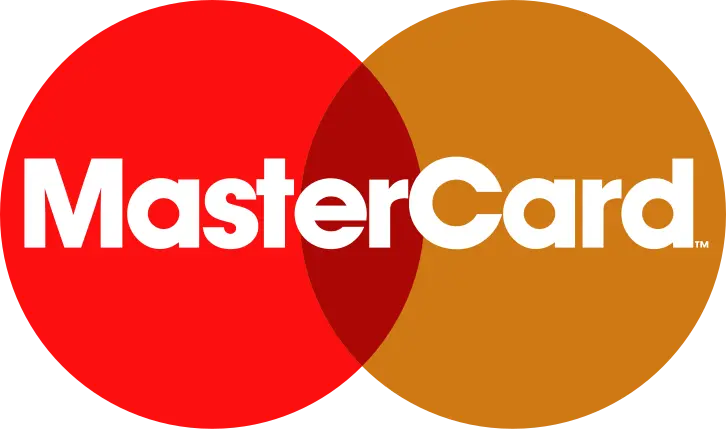
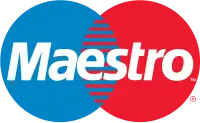


Related Reports
Our Global Clients
Our data-driven insights have influenced the strategy of 200+ reputed companies across the globe.






















